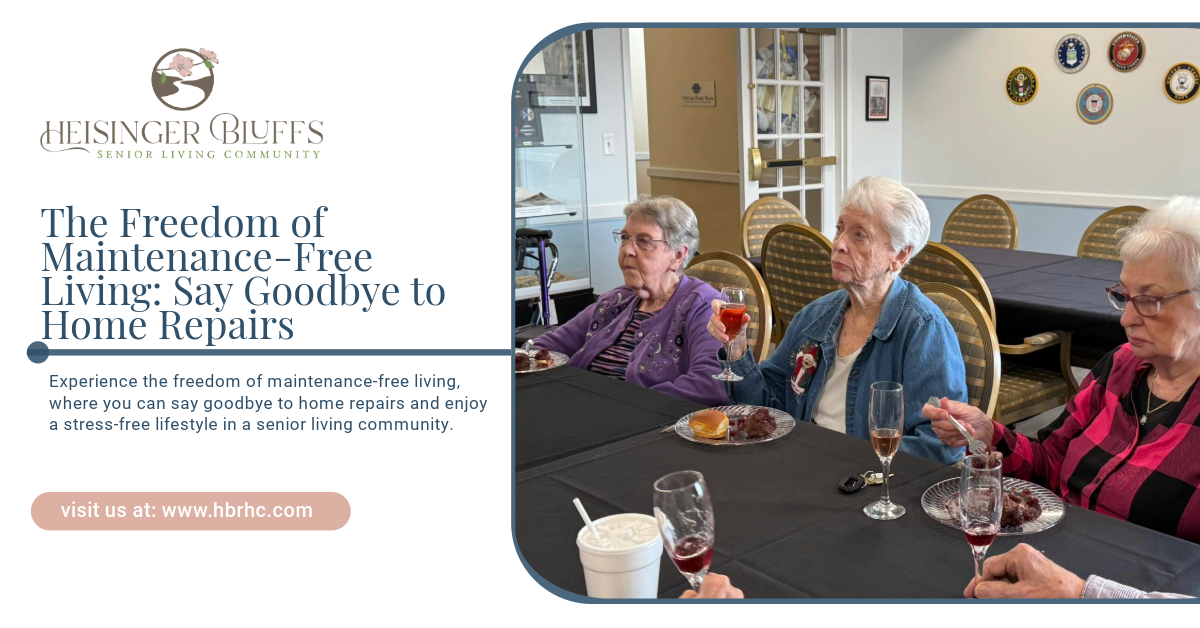Get in touch
Understanding the Role of Insurance in Short-Term Care Costs

Navigating the costs of short-term care can be overwhelming, but understanding how insurance plays a role in covering these expenses can provide clarity and financial relief. Short-term care, often required after surgery, illness, or injury, includes services like rehabilitation, therapy, and nursing care.
This article delves into the types of insurance available for short-term care, what they typically cover, and how to make the most of your benefits to reduce out-of-pocket expenses.
What Is Short-Term Care?
Short-term care refers to temporary healthcare services designed to assist individuals recovering from an acute health condition. It is commonly provided in rehabilitation centers, skilled nursing facilities, or through in-home care.
Examples of Short-Term Care Services:
- Physical, occupational, and speech therapy
- Post-surgical recovery care
- Wound care and medication management
- Assistance with daily activities like dressing and bathing
While these services are crucial for recovery, they can be expensive, making insurance coverage essential.
Types of Insurance That Cover Short-Term Care
1. Medicare
What It Covers: Medicare often plays a significant role in covering short-term care costs for eligible individuals aged 65 or older, or those with specific disabilities.
Key Points:
- Part A (Hospital Insurance): Covers short-term stays in skilled nursing facilities, home health care, and hospice care, provided specific conditions are met.
- Part B (Medical Insurance): Covers outpatient therapy services like physical or occupational therapy.
Coverage Limits: Medicare typically covers up to 100 days in a skilled nursing facility per benefit period, with the first 20 days fully covered and a daily copayment required for days 21-100.
2. Medicaid
What It Covers: Medicaid is a state and federally funded program that provides healthcare coverage for individuals with low income.
Key Points:
- Medicaid often covers skilled nursing care and rehabilitation services.
- Coverage varies by state, so it’s essential to understand the specific rules in your area.
Eligibility: To qualify, applicants must meet income and asset requirements, which differ by state.
3. Private Health Insurance
What It Covers: Private insurance plans may include short-term care coverage, depending on the policy.
Key Points:
- Policies often include rehabilitation services like therapy.
- Coverage details vary significantly, so it’s important to review your plan’s terms.
Pro Tip: Look for policies that specifically mention "short-term care" or "post-acute care" to understand your benefits.
4. Long-Term Care Insurance
What It Covers: While primarily designed for extended care needs, some long-term care insurance policies also cover short-term care.
Key Points:
- Benefits may include coverage for rehabilitation services and skilled nursing care.
- Policies often have an elimination period (waiting period) before benefits kick in.
Pro Tip: Review your policy’s terms to determine if short-term care is included.
5. Veterans Benefits
What It Covers: Veterans and their spouses may qualify for short-term care coverage through the Department of Veterans Affairs (VA).
Key Points:
- Services may include in-home care, rehabilitation, and skilled nursing care.
- Eligibility depends on factors such as service history and income level.
Out-of-Pocket Costs and How to Minimize Them
Even with insurance, short-term care may involve out-of-pocket expenses. Understanding these costs and planning ahead can help you manage your budget.
Common Out-of-Pocket Costs:
- Copayments and deductibles
- Costs exceeding policy limits
- Services not covered by insurance
Tips to Reduce Costs:
- Understand Your Coverage: Carefully review your insurance policy to know what’s covered and what’s not.
- Plan Ahead: If possible, choose facilities and providers within your insurance network to minimize out-of-pocket costs.
- Ask About Payment Plans: Some facilities offer flexible payment options for uncovered expenses.
- Consider Supplemental Insurance: A supplemental plan can help cover costs not included in your primary insurance policy.
How to Navigate the Insurance Process
Filing insurance claims and understanding coverage can be complex. Here are steps to simplify the process:
1. Confirm Eligibility:
Before receiving care, check with your insurance provider to confirm coverage eligibility.
2. Gather Documentation:
Ensure you have all necessary documents, including medical records, referrals, and insurance cards.
3. Work with Care Providers:
Many facilities have staff who can help you navigate insurance claims and advocate for coverage.
4. Appeal Denials:
If a claim is denied, don’t hesitate to appeal. Many denials are reversed with additional documentation or clarification.
Conclusion
Navigating insurance for short-term care can be complex, but understanding your options ensures you or your loved one receives the care needed without unnecessary financial strain. At Heisinger Bluffs, we’re here to guide residents and families through this process, offering expert support to help you make informed decisions. Contact us today to learn more!
Frequently Asked Questions
Is there financial help available for families who cannot afford short-term care?
Yes, families may be able to access financial assistance through Medicaid, state-funded programs, or nonprofit organizations. Additionally, some facilities offer sliding scale fees or payment plans to make care more affordable.
Can veterans receive financial assistance for short-term care?
Yes, veterans may qualify for financial assistance through the Department of Veterans Affairs (VA). Benefits can include coverage for short-term care services such as rehabilitation and skilled nursing, depending on eligibility criteria like service history and income.
Are short-term rehabilitation facilities covered under private insurance?
Yes, many private insurance plans cover short-term rehabilitation facilities, but the extent of coverage depends on your specific policy. It’s essential to review your plan for details on covered services, copayments, and any required pre-authorizations.



Want to know more?
We will get back to you as soon as possible.
Please try again later.
You May Also Like To Read
Heisinger Bluff’s Life Plan Community is here to make your senior years safe, stimulating and enjoyable so that you can savor the present, knowing the future will be taken care of.
QUICK LINKS
CONTACT
©2024. Heisinger Bluffs. All rights reserved.








